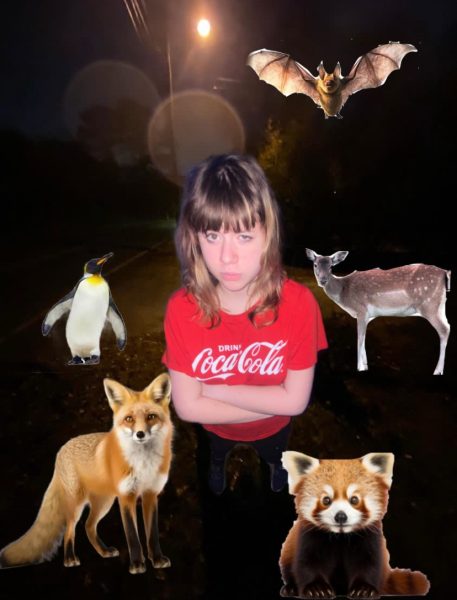College Board’s Crappy Environmental Curriculum
AP Environmental Science is a natural science class created by the College Board and taught here at Chamblee. I took the class under Mrs. Begum, but it’s being taught this year by Mrs. Pascale. This is in no way about Chamblee or its science teachers, but about the structure of the curriculum nationwide and my experiences with its content. I took the class last year, during virtual school, and while I heavily enjoyed it, came out with a one-sided view of the climate crisis. The class covers the science itself, of course, but has next to no interdisciplinary aspects, which I think are vital considering the state of the planet and our involvement in its health.
The College Board claims that “environmental science is interdisciplinary, embracing topics from geology, biology, environmental studies, environmental science, chemistry, and geography.” I partially agree and disagree with this. It is an interdisciplinary science, but not an interdisciplinary class.
The curriculum is made up of nine units: ecosystems, biodiversity, human population, earth systems and resources, land and water use, energy, atmospheric pollution, all other pollution, and lastly global warming. These units heavily discuss scientific processes like the geochemical cycles, rules regarding cellular respiration and energy transfer, water treatment processes, etc. but fail to utilize the humanities.
Firstly, there is no mention of any environmental movements, past or present. This historical aspect is the reason we have classes like AP Environmental Science, yet entirely ignored. A year after taking this class, I learned about Greenpeace for the very first time. We don’t learn about any scientific or political figures either. I know who Rachel Carson is, not because of AP Environment Science. I can tell you why harpooning whales is bad and illegal, but not about the activists who fought to have laws put in place to stop these practices. We were forced to memorize the dates and names of 20th century environmental laws, but not how they still function in modern day America, which seems pretty important given most of us in the class were within a few years of the voting age, or even 18 already. The class spent months discussing agriculture, one of the largest causes of the climate crisis, but not how that goes hand in hand with human rights violations and global poverty.
If I were to teach an environmental science class or create an environmental curriculum, each of the units above would have more than just the biology and chemistry facts. They should include pertinent art and writing, past and current global policy, and how that topic affected humans in the past and how it could affect us in the future. The class shouldn’t shy away from politics, because anything having to do with the environment is inherently political when the basic science facts taught are argued against by some of our nation’s leaders.
The course content guide put out by College Board says that one of its four pillars of the class is sustainability, but has little inside the coursework to back this up. From my experience, sustainability is the usual buzzword used when any kind of environmental problems and solutions are going to be discussed. As I now look at college course guides inside environmental programs around the country, the typical way to denote that a non-environmental course will discuss environmental studies is the addition of the word sustainability to the course title. The information below can be found in the College Board’s course and exam description downloadable on the AP website.
BIG IDEA 4: SUSTAINABILITY (STB)
Human survival depends on developing practices that will achieve sustainable systems. A suitable combination of conservation and development is required. The management of resources is essential. Understanding the role of cultural, social, and economic factors is vital to the development of solutions.
This broad idea essentially leaves the level of interdisciplinary content up to the teacher. Only half the units in the class according to the course description even have this “big idea” listed as a pillar of their unit. This is disappointing to me.
If students are going to care about the environment, they need to do more than know how it works. They need to have a love for it. They need to understand the history and humans behind it. They need to see the art and writing created by those who have cared for it and continue to fight for it. There has to be humanity intertwined with science for the class to matter as we enter an era of irreversible global warming.
Your donation will support the student journalists of Chamblee High School Blue & Gold. Your contribution will allow us to print editions of our work and cover our annual website hosting costs. Currently, we are working to fund a Halloween satire edition.

Sirianna Blanck is a senior and editor-in-chief of the Blue & Gold. She has a strong cat obsession. In five years, she hopes to be fighting for environmental change. Her Chamblee experience has been akin to "Alice’s Adventures in Wonderland."




